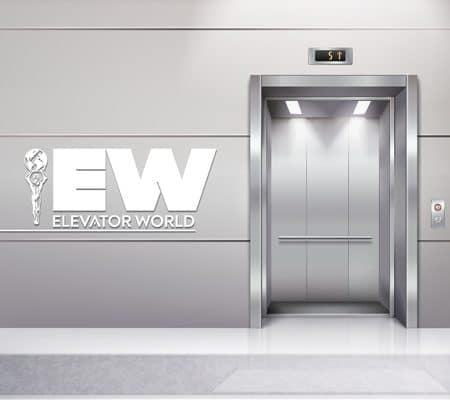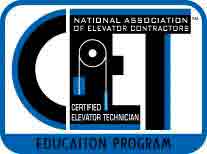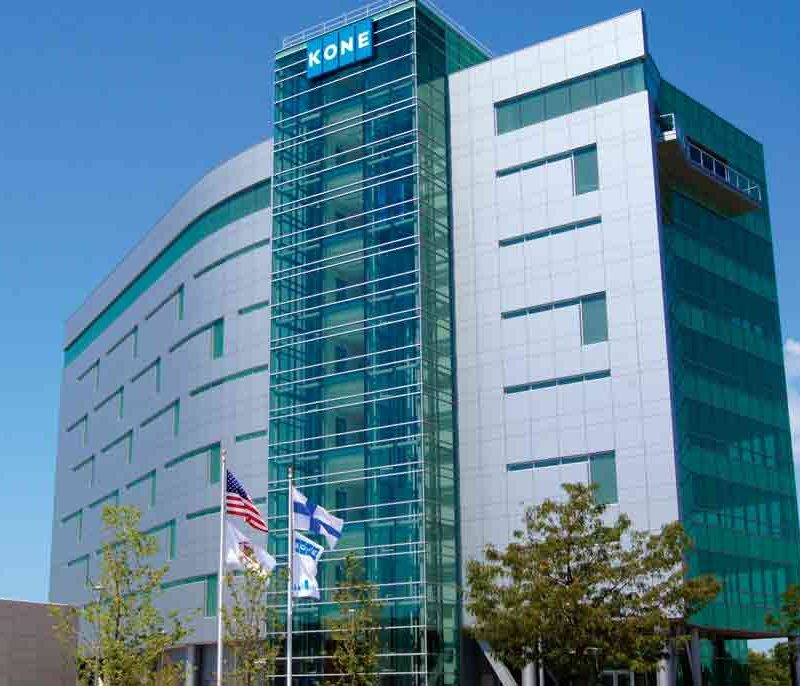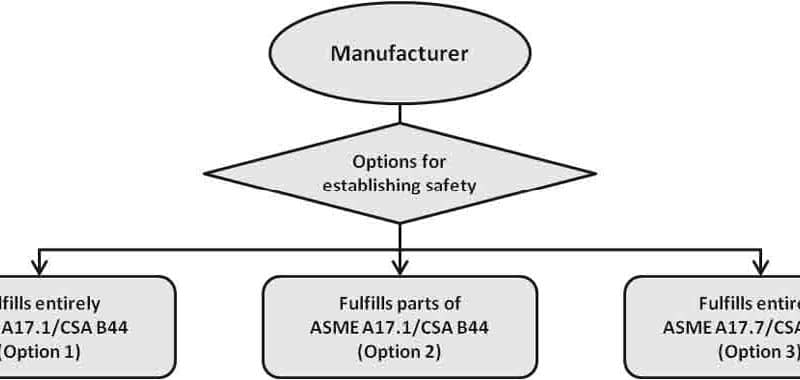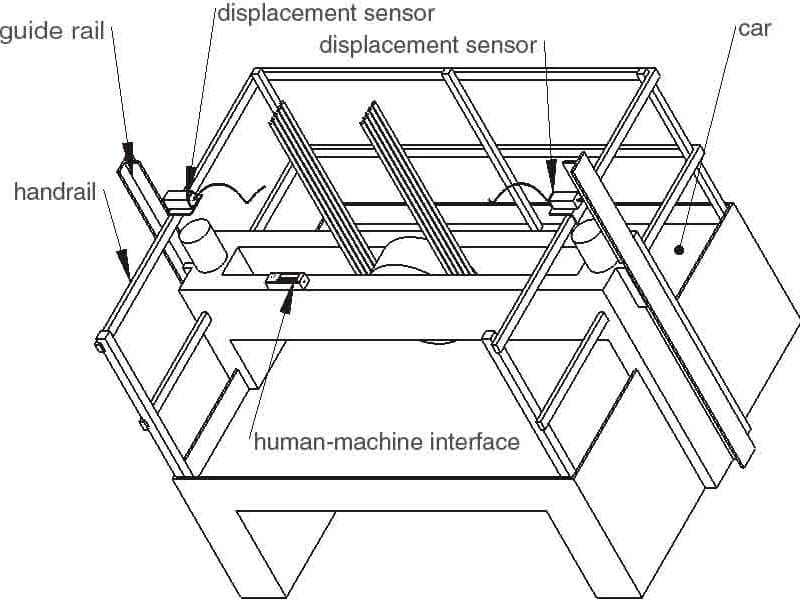In March, the American Society of Mechanical Engineers (ASME) announced that as of January 1, 2014, it will no longer be accrediting QEI certifying agencies. To accommodate this, the ASME QEI-1 Standards Committee has begun the work required to revise the next edition of the QEI-1 Standard as well as the A17.1/B44 code to reflect…
Read MoreDefining the term certification, and a look at the necessity for certification of elevator inspectors With the American Society of Mechanical Engineers (ASME)’s recent announcement stating it will cease accrediting certifying agencies as of December 31, 2013 (ELEVATOR WORLD, May 2012), many began to doubt the necessity for (and value of) certification of elevator inspectors.…
Read MoreChoosing an additional certification procedure based on ASME A17.7/CSA B44.7 can allow companies to deviate from the stipulations under ASME A17.1/CSA B44. Lift manufacturers increasingly choose an additional certification procedure based on ASME A17.7/CSA B44.7. Using this North American standard for the design and construction of lifts allows both North American and European companies to…
Read MoreA look at the National Association of Elevator Contractors (NAEC) Certified Elevator Technician (CET®) program and Certified Accessibility and Private Residence Lift Techni-cian (CAT®) certification programs The elevator industry is faced with extreme challenges that require field elevator technicians to be experienced and knowledgeable in installing, putting into operation and maintaining sophisticated systems taking full…
Read MoreA global overview of various elevator regulations Elevator inspections and certifications are performed in different ways around the world. With the globalization of the elevator market, challenges arise when local manufacturers want to export to another part the world. At the same time, local authorities have to deal with foreign-certified products. Liftinstituut is both a…
Read MoreA real-world example of the process, methodology and ASME A17.7/CSA B44.7: Performance-Based Safety Code for Elevators and Escalators’ ability to ensure superior safety Much has been written about ASME A17.7/CSA B44.7: Performance-Based Safety Code for Elevators and Escalators, but little written about its practical use with real-world examples of the process, methodology and its ability…
Read MoreHow elevators and escalators can serve as a solution to assist with LEED certification In recent years, Leadership in Energy and Environmental Design (LEED)® certification has become the recognized standard to which many strive to demonstrate sustainability in buildings. The elevator and escalator industry has responded to the demand for LEED-certified projects by providing its…
Read MoreHow Global Certification Organizations can help manufacturers understand the different certification processes by Dirk Schroeter and Carsten Schumann This paper was presented at USA 2012, the International Congress on Vertical Transportation Technologies and first published in IAEE book Elevator Technology 19, edited by A. Lustig. It is a reprint with permission from the International Association…
Read MoreA laser measuring instrument can help accurately measure the distance between guide rails. by Yihui Ruan, Ning Li, Yuandong Jiang, Xueming Chen, Rongfeng Lu, Liang Ye, Zhe Cheng and Mingtao Chen The distance between lift guide rails is an important parameter for characterizing the quality of a lift. The parameter has a direct impact on…
Read MoreA journey though Xiamen, a city off the coast of East China In May, while returning from the World Elevator & Escalator Expo in Guangzhou, China (ELEVATOR WORLD, August 2012), your reporter paid a visit to Xiamen (also known as Amoy), a seaport city on an island off the coast of East China in the…
Read More